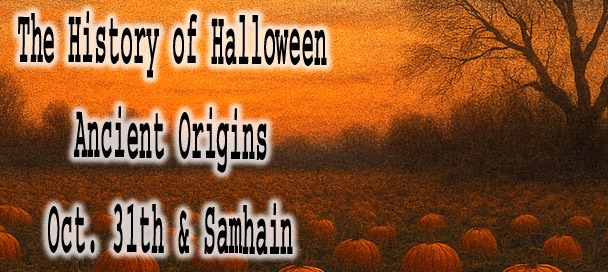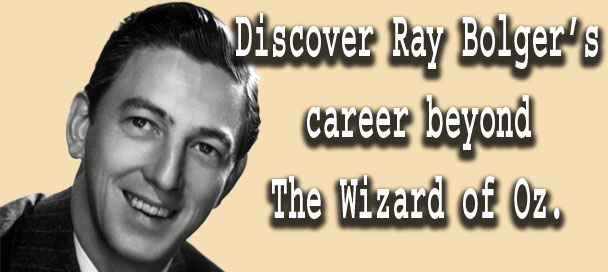🎤 Sammy Davis Jr.: The One-Man Show Who Defied the Odds
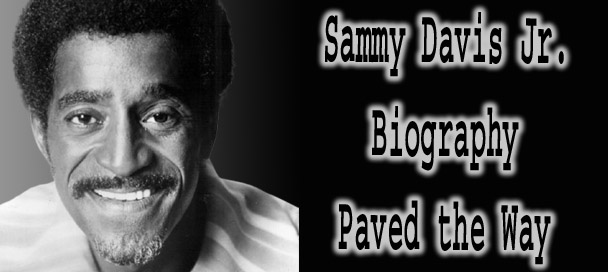
Sammy Davis Jr. with trademark flair and elegance
Few entertainers could match the raw talent, relentless energy, and sheer versatility of Sammy Davis Jr. Singer, dancer, actor, impressionist, and trailblazer he did it all. A showbiz powerhouse from childhood, Davis shattered racial barriers while dazzling audiences with performances that blended precision, passion, and soul.
Sammy Davis Jr. broke boundaries in entertainment by mastering multiple disciplines singing, dancing, acting, and impressions while confronting racism head-on. Born in Harlem to vaudeville parents, he grew up on stage and became a star across Broadway, film, television, and Las Vegas. He stood as the dynamic Black presence among the Rat Pack, sharing bills with Sinatra and Dean Martin while relentlessly proving his artistic scope. His life was more than showbiz he lived as a cultural pioneer whose choices challenged social norms and reshaped possibilities.
Born into vaudeville and raised on the road, Sammy was performing before he could read. He brought a kind of kinetic electricity to the stage every movement, every note, every beat of the drum was infused with purpose. Though often the smallest man in the room, his presence towered over audiences, casting a shadow far greater than his stature.
Despite enduring racism, rejection, and even threats to his life, Davis refused to be sidelined. He leaned into the spotlight with grit and grace, earning his place among entertainment’s elite. While others might have slowed or compromised, Sammy doubled down singing with Sinatra, dancing with Gene Kelly, acting alongside Gregory Peck, and stealing scenes from Hollywood’s biggest stars.
More than just a member of the Rat Pack, Sammy Davis Jr. was its secret weapon. His talent was unmatched, his work ethic tireless, and his courage in the face of adversity nothing short of historic. From Broadway to Las Vegas, from civil rights marches to primetime TV, Davis lived a life that was both uniquely American and wholly his own.
Sammy Davis Jr. turned every spotlight into a battleground a man small in stature, audacious in spirit, who refused to let prejudice define his story.
👶 Early Life
Sammy Davis Jr. was born on December 8, 1925, in Harlem, New York City, to vaudevillians Sammy Davis Sr. and Elvera Sanchez. Show business was in his blood his parents were performers on the touring circuit, and by age three, Sammy had joined them onstage as part of the Will Mastin Trio. Childhood for Sammy didn’t involve classrooms or playgrounds it was backstage curtains, hotel rooms, and late-night rehearsals.
He never received a formal education beyond elementary school, but he gained something more valuable: real-world training in timing, rhythm, and stage presence. Mentored by his father and Will Mastin, Sammy learned tap dancing, singing, and comic timing by watching and imitating older performers. By age seven, he was already stealing shows and charming crowds with a charisma far beyond his years.
Touring with the Will Mastin Trio through the segregated South exposed young Sammy to the harsh realities of racism early in life. He wasn’t allowed to stay in most hotels or eat in many restaurants. These early experiences of discrimination deeply affected him but also fueled his determination to rise above it. He learned to smile through rejection, using performance as both armor and weapon.
In 1943, during World War II, Sammy was drafted into the U.S. Army. It was a brutal experience he was the victim of relentless racial abuse and beatings from fellow soldiers. But he persevered, using his entertainment talents to transfer into an Army Special Services unit where he performed for the troops. That stint not only saved his spirit it ignited the next stage of his meteoric rise.
Explore the Biographies of Iconic Celebrities
🎬 TV & Movie Stardom: Sammy on the Big and Small Screen
Sammy Davis Jr. - Two Ounces of Tin - The Rifleman
Sammy Davis Jr. wasn't just a stage performer he was a scene-stealer in film and television, bringing his dynamic charisma to screens across America. His breakout role came in Porgy and Bess (1959), where he portrayed Sportin' Life alongside Sidney Poitier and Dorothy Dandridge. Critics praised his flamboyant performance, and Hollywood took notice. Soon after, he starred in Ocean’s 11 (1960) with the Rat Pack, proving he could hold his own among heavyweights like Frank Sinatra and Dean Martin.
He continued racking up film credits throughout the '60s and '70s, including Sergeants 3 (1962), Robin and the 7 Hoods (1964), and the dark comedy Salt and Pepper (1968) opposite Peter Lawford. In A Man Called Adam (1966), Sammy delivered a powerful dramatic turn as a tortured jazz musician a role that showed his range extended far beyond song and dance. He also lent his voice to animation, voicing characters in projects like Hanna-Barbera’s The New Scooby-Doo Movies and Alice in Wonderland (1972).
On television, Sammy became a staple guest star throughout the 1960s and ’70s, making memorable appearances on The Ed Sullivan Show, The Tonight Show Starring Johnny Carson, and Rowan & Martin’s Laugh-In. One of his most iconic moments came on All in the Family, where he kissed Archie Bunker (Carroll O'Connor) on the cheek a groundbreaking and hilarious moment that became TV history.
Sammy Davis Jr. also headlined several of his own specials, including Sammy and Company (1975–1977), which earned him an Emmy. Whether in a tuxedo under the stage lights or cracking wise in a sitcom cameo, Sammy brought depth, style, and soul to every role he touched reminding audiences that his talents couldn’t be boxed in by genre or medium.
🎤 Sammy Davis Jr.: The Voice That Could Do It All
Sammy Davis Jr. - The Candy Man (1972)
Sammy Davis Jr.’s singing career was as dazzling and diverse as the man himself. A gifted interpreter of song, Sammy could croon a ballad, swing with a big band, or mimic a dozen voices in one breath. His vocal range wasn’t just technical it was emotional. He poured heart, pain, and joy into every note, making each performance uniquely his own.
He began recording in the 1950s, quickly establishing himself with hits like “Hey There” and “Something’s Gotta Give.” His version of “That Old Black Magic” was electrifying, while “What Kind of Fool Am I?” became his signature ballad, earning him a Grammy Award in 1962. Sammy didn't just sing songs he performed them, often incorporating his trademark finger snaps, sly grins, and spontaneous asides.
Davis was also known for his uncanny impressions, often mimicking stars like Nat King Cole, Humphrey Bogart, and James Cagney mid-song, which became part of his live act and captivated audiences. He tackled every genre jazz, pop, soul, show tunes and made them all feel like they belonged in the same setlist. His albums The Wham of Sam and Sammy Davis Jr. Sings What Kind of Fool Am I and Other Show-Stoppers became essentials for any fan of mid-century American vocals.
One of his biggest commercial successes came with the 1972 hit “The Candy Man,” a cheerful, candy-coated tune from the film Willy Wonka & the Chocolate Factory. Though Sammy initially disliked the song, it became his only number-one single on the Billboard Hot 100 and a fan favorite that introduced him to a new generation. Its playful tone, combined with Sammy’s charm and showmanship, helped the track become an enduring part of his legacy.
Explore the Biographies of Icons in Music
Sammy Davis Jr. also recorded memorable duets, including “Me and My Shadow” with Frank Sinatra, showcasing their friendship and easy chemistry. With over 50 albums and countless live performances, Sammy left behind a discography that reflects not just musical brilliance, but a career built on adaptability, risk-taking, and heart. When Sammy sang, the room listened because nobody else could do it quite like him.
🎶 The Very Best of The Rat Pack – Limited Edition Vinyl
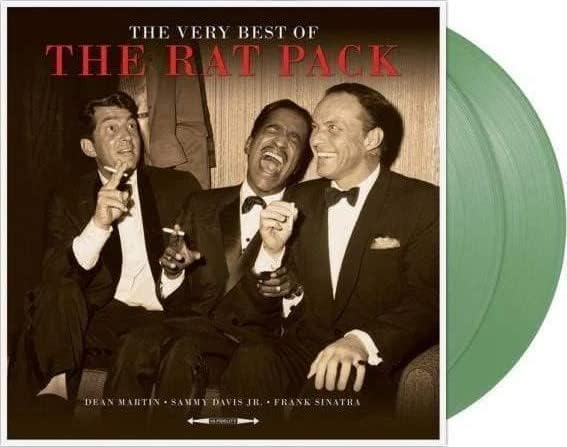
Product Description:
This deluxe 2-LP vinyl set brings together the finest recordings of Frank Sinatra, Dean Martin, and Sammy Davis Jr. the heart and soul of The Rat Pack. From swing standards to Italian serenades, this collection captures their unmatched charisma and timeless vocal mastery, pressed on limited edition colored vinyl.
- 🎵 Features hits like “Volare,” “That’s Amore,” “Me and My Shadow,” “Come Fly With Me,” and more
- 📀 2 LPs with 32 tracks showcasing solo and duet performances
- 🎙️ Experience the unique blend of charm, cool, and vocal brilliance that defined an era
- 🕶️ Perfect for collectors and lovers of classic Las Vegas-era showmanship
🎲 Las Vegas & The Rat Pack: Sammy's Center Stage
The Rat Pack – Birth of the Blues (1965)
Las Vegas was Sammy Davis Jr.’s kingdom a city where he broke barriers and redefined what it meant to be an entertainer. As the youngest and most dynamic member of the Rat Pack, Sammy brought unmatched energy and soul to their legendary shows at the Sands Hotel. Sharing the stage with Frank Sinatra, Dean Martin, Joey Bishop, and Peter Lawford, he wasn’t just part of the act he often stole the spotlight.
Their performances were more than concerts they were cultural events. Sammy Davis Jr. would dance, sing, crack jokes, impersonate celebrities, and fire back sharp comebacks with lightning speed. One moment he was doing a flawless tap routine; the next, he was riffing with Sinatra or playfully teasing Martin. Audiences didn’t just watch they were in on the joke, drawn into a world of effortless cool and rebellious glamour.
But Vegas wasn’t always welcoming to performers of color, and Sammy faced intense racism even as he topped the billing. He was often forced to enter through the kitchen, denied hotel rooms, and restricted from using the same facilities as white performers. Sinatra and Martin famously fought for his equal treatment, but it was Sammy’s resilience, talent, and charisma that truly broke down the doors. By the early ’60s, he was one of the first Black performers to headline and stay in Vegas hotels, opening the path for others to follow.
Whether playing to a packed Copa Room or hosting a late-night jam session, Sammy made Las Vegas his proving ground. It was in the neon glow of the Strip that he became not just a star, but a symbol of change, of artistry, and of everything show business could be when rules were broken and talent was king.
❤️ Love, Backlash & Breaking Barriers
Sammy Davis Jr.'s personal life was as complex and courageous as his career. In the late 1950s, he was romantically linked to actress Kim Novak. Their relationship though kept discreet sparked fury from Columbia Pictures head Harry Cohn and drew threats from both the studio and the Mob. Fearing for his life, Davis was reportedly pressured into a sham marriage with singer Loray White, which lasted less than a year. It was a painful reminder that even fame couldn’t shield him from the era’s brutal racism.
In 1960, Sammy made headlines again by marrying Swedish actress May Britt, a bold and defiant act at a time when interracial marriage was still illegal in many U.S. states. The backlash was swift he lost roles, received hate mail, and was even disinvited from JFK’s inauguration despite campaigning for him. Yet Sammy stood his ground. The couple had one biological daughter and adopted two sons, forming a loving family in the face of relentless public scrutiny.
After his divorce from May Britt in 1968, Sammy eventually found lasting companionship with Altovise Gore, a dancer and actress he met during the run of Golden Boy. They married in 1970 and remained together until his death. Through every scandal, setback, and triumph, Sammy Davis Jr. never hid who he was his relationships weren’t just personal, they were political acts that pushed America forward, one headline at a time.
🕊️ Later Years: A Legacy in Motion
As the years rolled on, Sammy Davis Jr. never stopped moving. Even as younger artists dominated the charts, he continued performing, touring internationally, and appearing on television well into the 1980s. His energy never faded he danced onstage in his sixties with the same flair he had in his twenties. In 1988, he reunited with Sinatra and Dean Martin for the Together Again tour, a nostalgic throwback that filled arenas with fans eager to see the legends one more time.
Behind the scenes, Sammy faced mounting challenges. Years of smoking and drinking took a toll, and financial problems including tax issues put stress on his later life. In 1989, he was diagnosed with throat cancer, a cruel twist for a man known for his golden voice. He underwent treatment but chose not to have surgery that would rob him of the ability to speak or sing.
Despite his illness, Sammy Davis Jr. appeared at the 1990 Academy Awards to a thunderous standing ovation, his final public appearance. Just weeks later, on May 16, 1990, he passed away at the age of 64. Tributes poured in from across the world, recognizing not just the entertainer, but the barrier-breaking icon who paved the way for generations of artists.
Even in his final years, Sammy Davis Jr. never let go of the spotlight he embraced it with grace, gratitude, and that ever-present sparkle that made the world fall in love with him in the first place.
🏆 Legacy: The Trailblazing Brilliance of Sammy Davis Jr.
Sammy Davis Jr. left behind more than a career he left a revolution in a tuxedo. A triple-threat before the term was trendy, he sang, danced, acted, and entertained with a fire few could match. But beyond the applause and awards, Sammy’s greatest legacy was his courage to exist boldly in spaces that didn’t want him. He didn’t just perform he challenged the system with every step, every note, every joke.
He broke color barriers in Las Vegas, on Broadway, and on national television. He was the first Black entertainer invited to sleep in the hotels where he performed in Vegas. He married white actress May Britt in 1960 despite widespread outrage an act of defiance that cost him work but helped change minds. When he hugged Richard Nixon in a show of political hope, he was criticized from all sides but his heart was always his own.
Sammy Davis Jr. received the NAACP Spingarn Medal, the Kennedy Center Honors, and a posthumous Grammy Lifetime Achievement Award. Stars like Michael Jackson, Gregory Hines, and Bruno Mars have cited him as a major influence. In everything from showmanship to activism, Sammy taught that being “the only one” in the room doesn’t mean you have to be silent. It means you show them how it’s done.
Today, his recordings still swing, his movies still dazzle, and his moves still inspire. Sammy Davis Jr. was more than “Mr. Show Business.” He was proof that talent, heart, and hustle could change the world one spotlight at a time.
🗣️ Why They Still Matter
Sammy Davis Jr.’s relevance persists because his life merged craft, courage, and activism into a singular force. His art crossed racial barriers and his public choices marrying interracially, demanding equal treatment, refusing to back down advanced civil rights in real time. Today, his recordings still swing, his performances still inspire, and his example reminds us that talent and conviction can challenge injustice and endure beyond one lifetime.
Further Reading & Resources
📖 Sammy Davis, Jr. (1925-1990) | BlackPast.orgy
📰 Sammy Davis, Jr. | Biography, Movies, & Facts | Britannica Profile
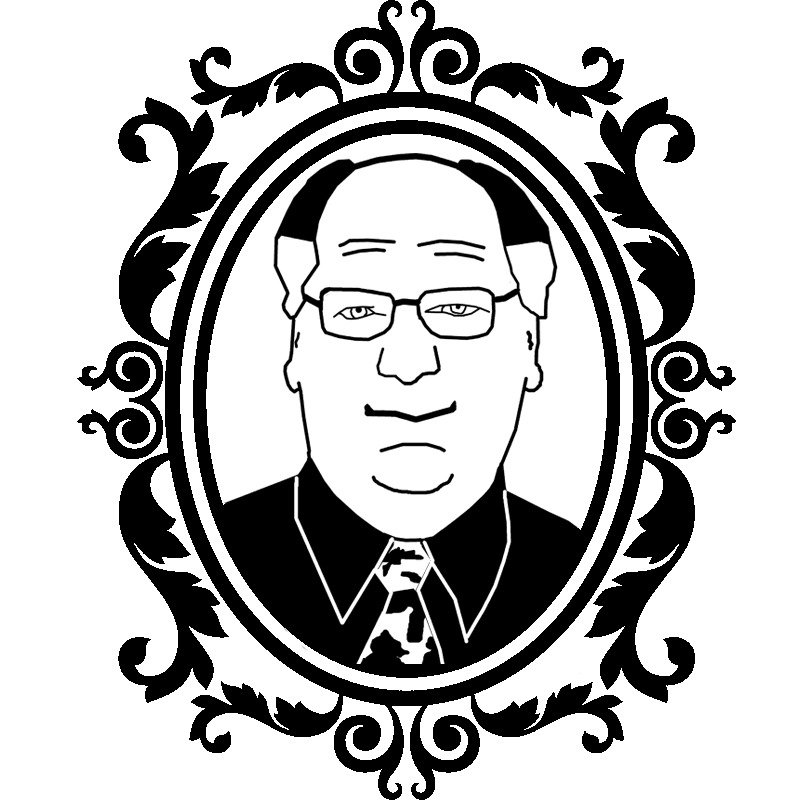
ML Lamp is the owner of Kilroy Was Here. After his 20 years of working in Las Vegas in the entertainment promotions field, Mr. Lamp retired in 2002 from his job to pursue his passion for collectibles. Now as a guest speaker and author he’s living the dream, and sharing his warmth with You.

